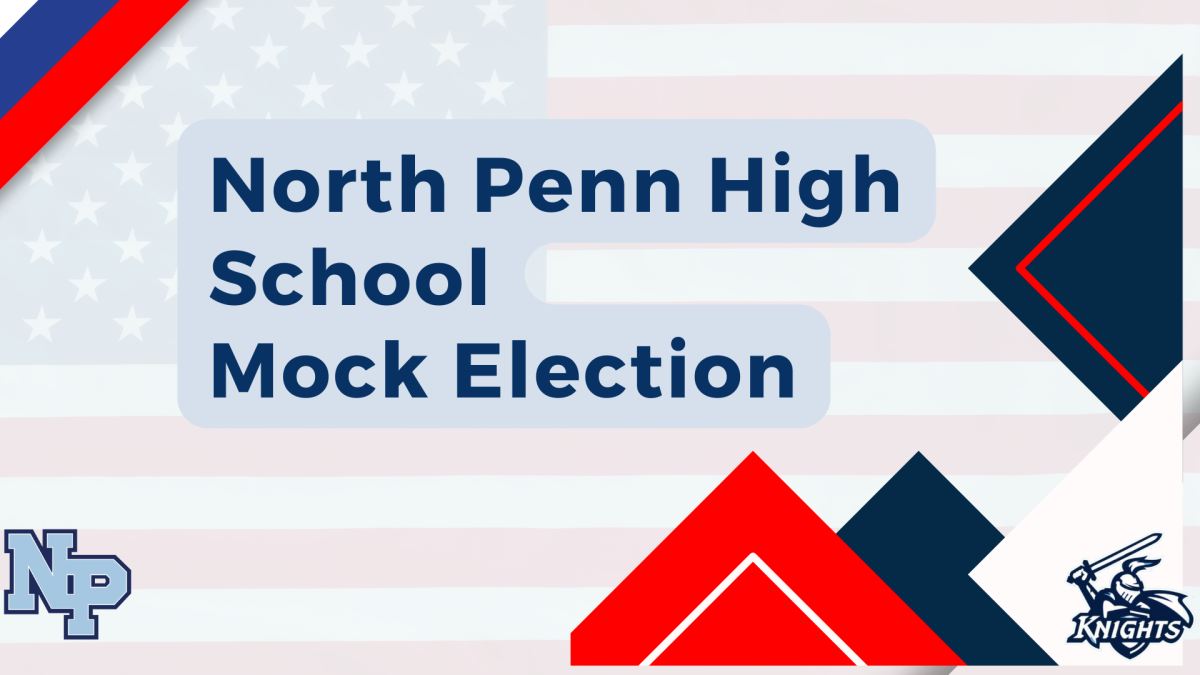TOWAMENCIN – The 2024 election season has been marked by countless advertisements, numerous debates, and a plethora of articles flooding the world of media. As we reach Election Day, the anticipation builds to see who will be crowned the next President of the United States. Amid this electoral climate, North Penn High School and its Social Studies Department conducted a mock election to capture the perspectives of their students.
What sets North Penn apart is its commitment to providing such engaging educational experiences, which are rare in many schools in the nation. The school prioritizes the importance of equipping students not only with academic experience and knowledge but also with an understanding of their civic duties and responsibilities as citizens of the United States.
“There’s a lot of layers to this. The school district itself, North Penn School District, has a mission statement, and a vision statement, and they talk about their goals, and what kind of students they want to produce. And we want to produce students who are ready for college, ready for the workplace. But there’s another piece to it where it says, we’re trying to produce students who are ready to become active and involved citizens in the world. So that’s the civic piece to me,” stated Brian Haley, an AP U.S. Government instructor at North Penn.
The younger generation has always been notorious for low voter turnout. Out of all the generations, they are the least politically involved—not just in presidential elections, but in almost every political aspect, from social media to the voting booth. However, due to this, their votes are the most impactful; some say that their votes will determine who wins the presidential election.
“I saw real impact by young voters in 2008, Barack Obama’s first year, when young voters came out. ‘Hope’ was one of his mantras, and they thought they mattered, and they voted at the highest number in a long time,” explained Haley.
The state of Pennsylvania is known as one of the swing states in the election, meaning that it’s a toss-up as to who will win. Predictions and trends indicate a close poll that could lean toward either side. Many experts in the field predict that Pennsylvania’s outcome will determine the election.
Out of over 3,000 students, there were about 2,500 votes. For the presidential seat, Democrats received the most votes at 53.5%, Republicans followed with 39.5%, and the Green and Libertarian parties combined for 7.1% of the total. For the Senate, Democrats led with 50.4%, Republicans followed with 34.7%, and all other parties combined for 14.2%. In the U.S. House District 1, Republican Bryan Fitzpatrick led with 56.1%, while in the U.S. House District 2, Democrat Madeline Dean led with 63.6%. Students were in favor of a Democratic attorney general at 47.7%, as well as a Democratic auditor and treasurer for the state. Residents of the 151st District voted for Melissa Cerrato at 56.5%, while those in House District 63 voted for Steve Malagari at a significant 62.9%. In the 61st District, Democrats once again led with 58.5%.
As we can see, Pennsylvania remains highly competitive. Despite leaning more toward a Democratic state, it could still go either way. The students’ poll accurately reflects some of the trends seen thus far. If Republicans were to win Pennsylvania, it would mark the second time since 1992 that the state goes red. We will soon see who takes the lead in Pennsylvania and, ultimately, the country.


